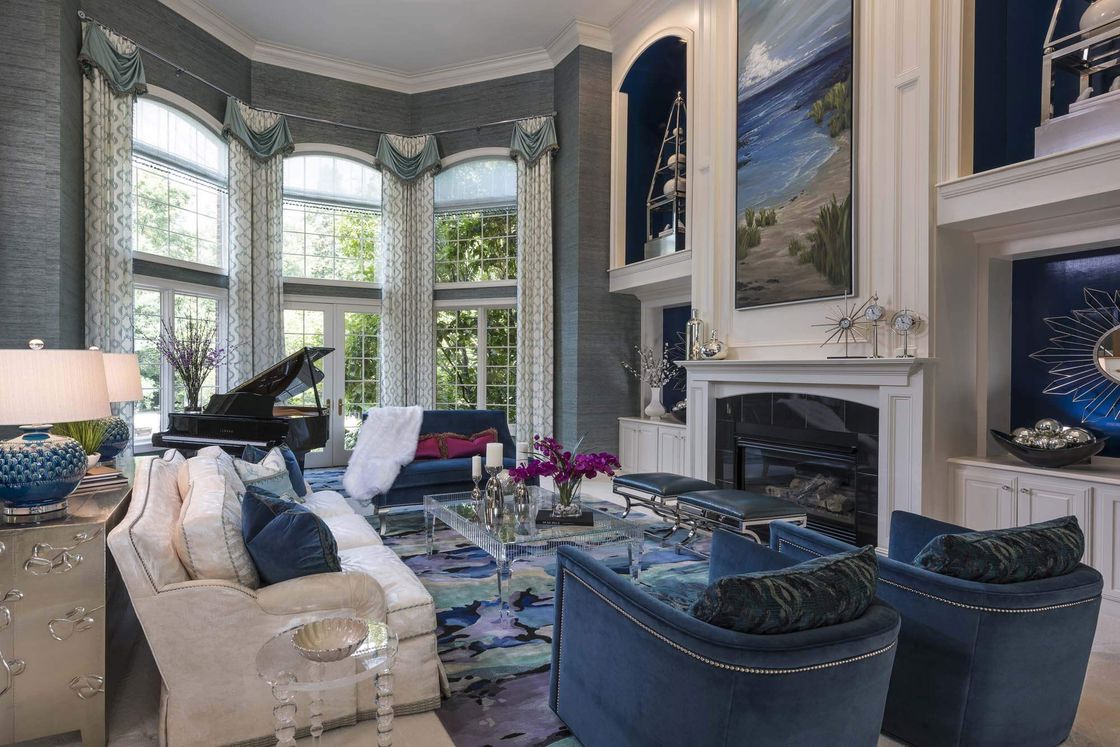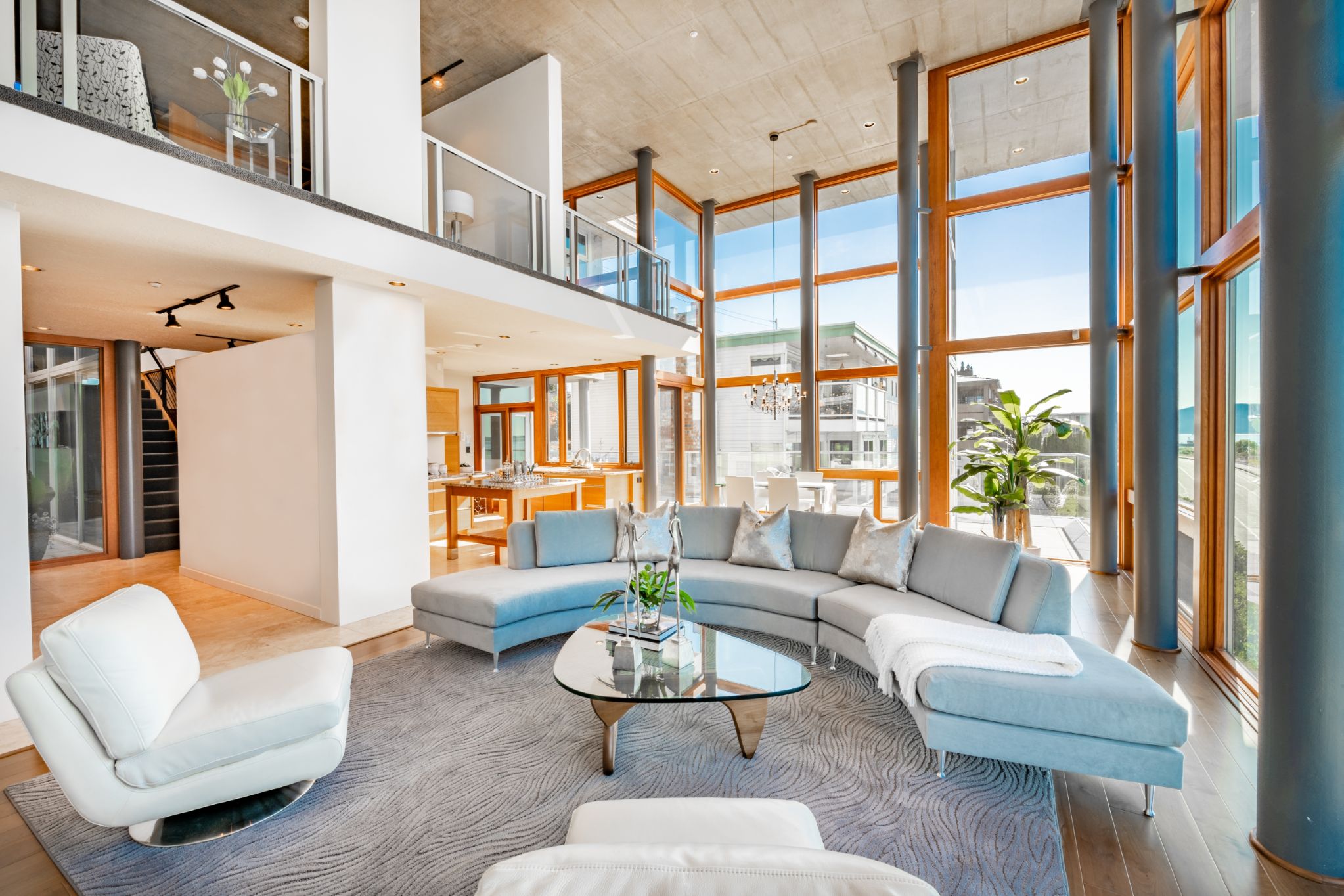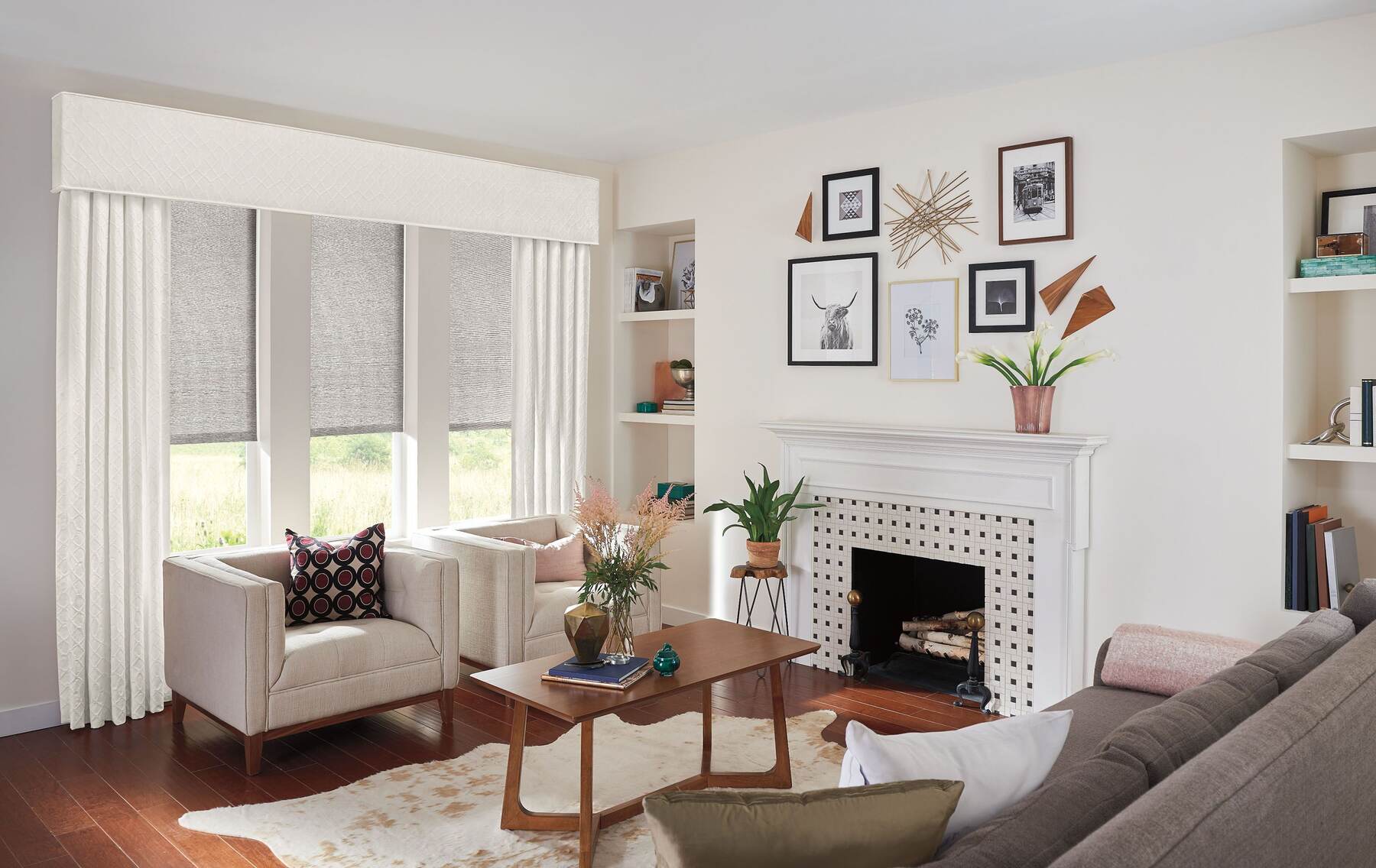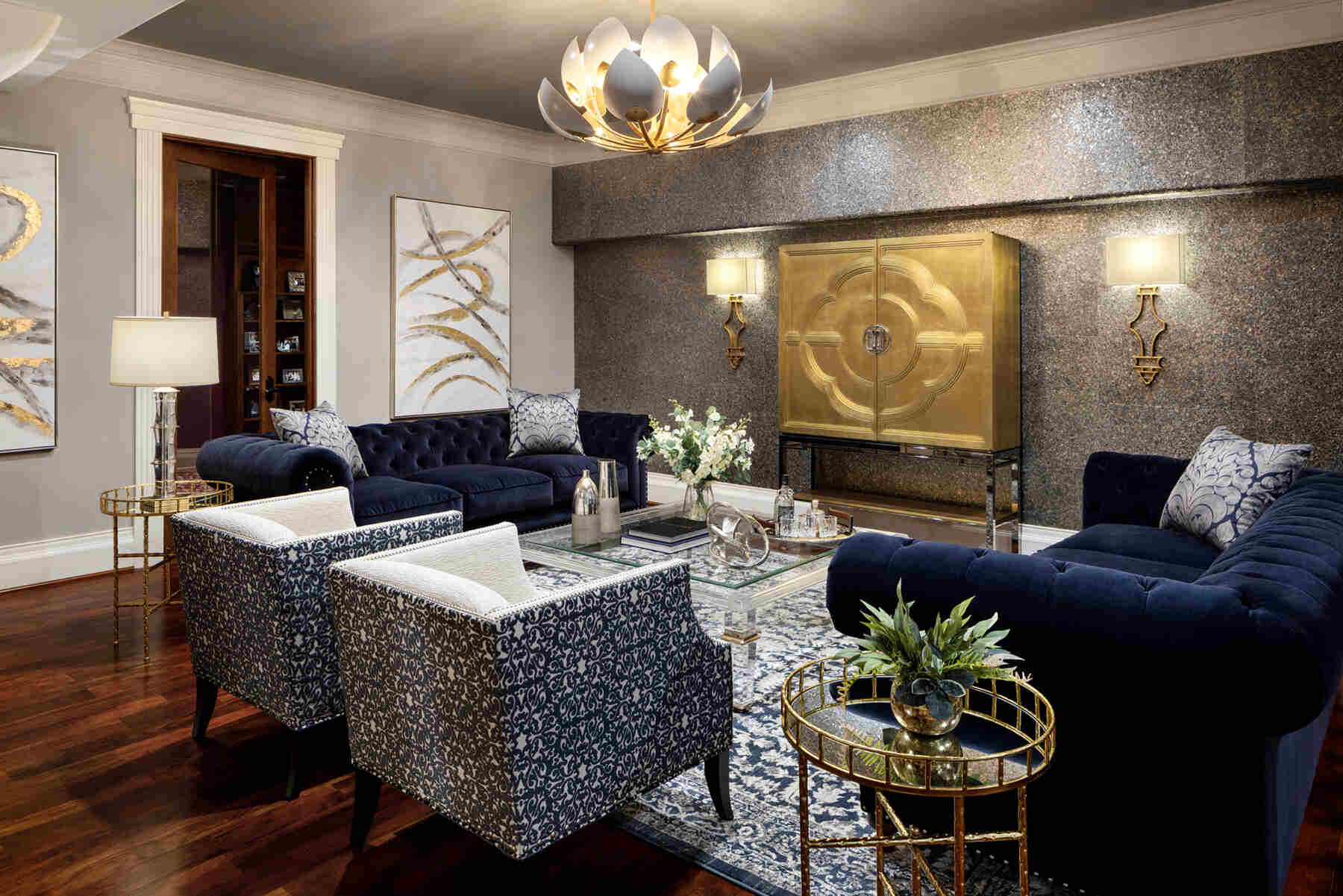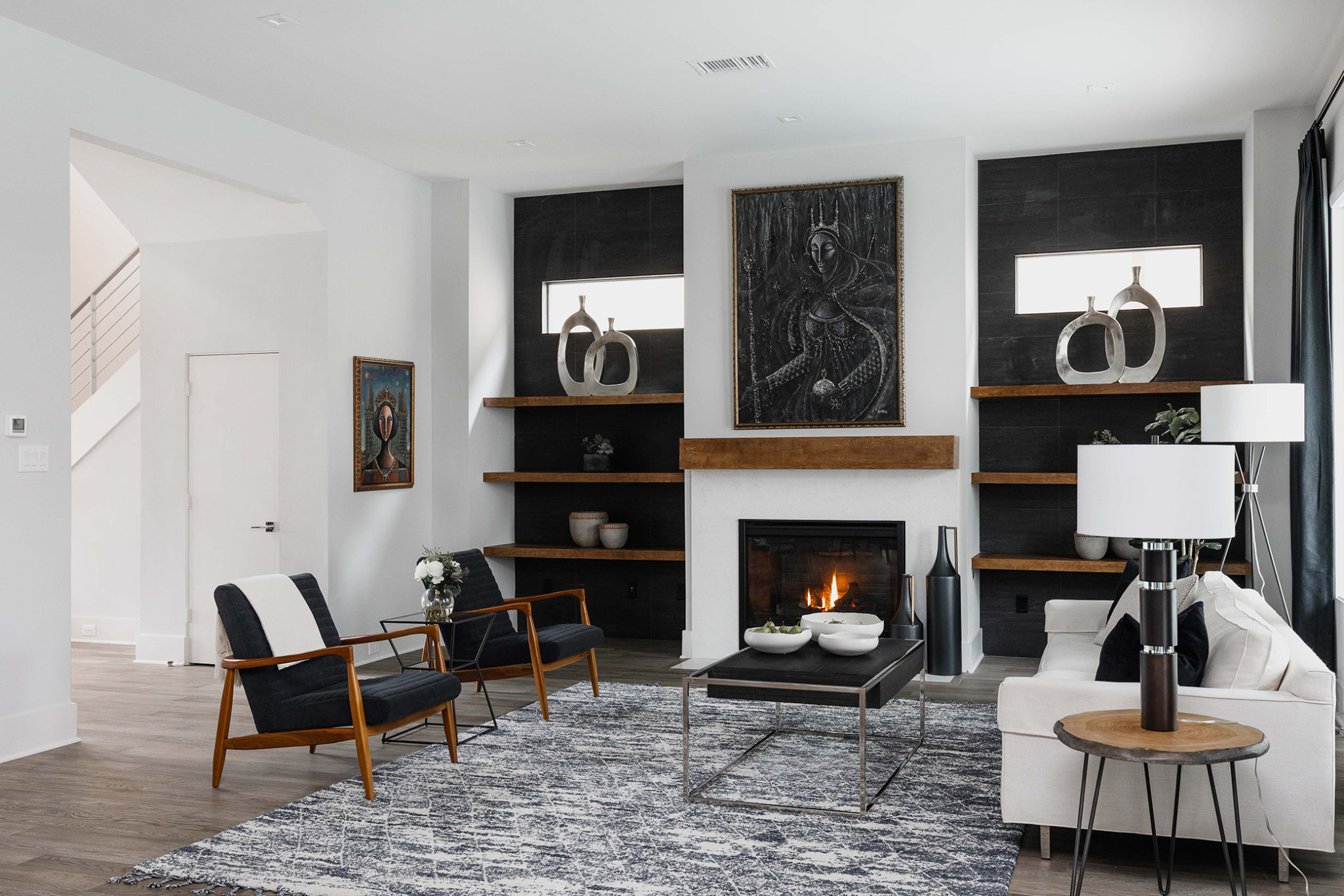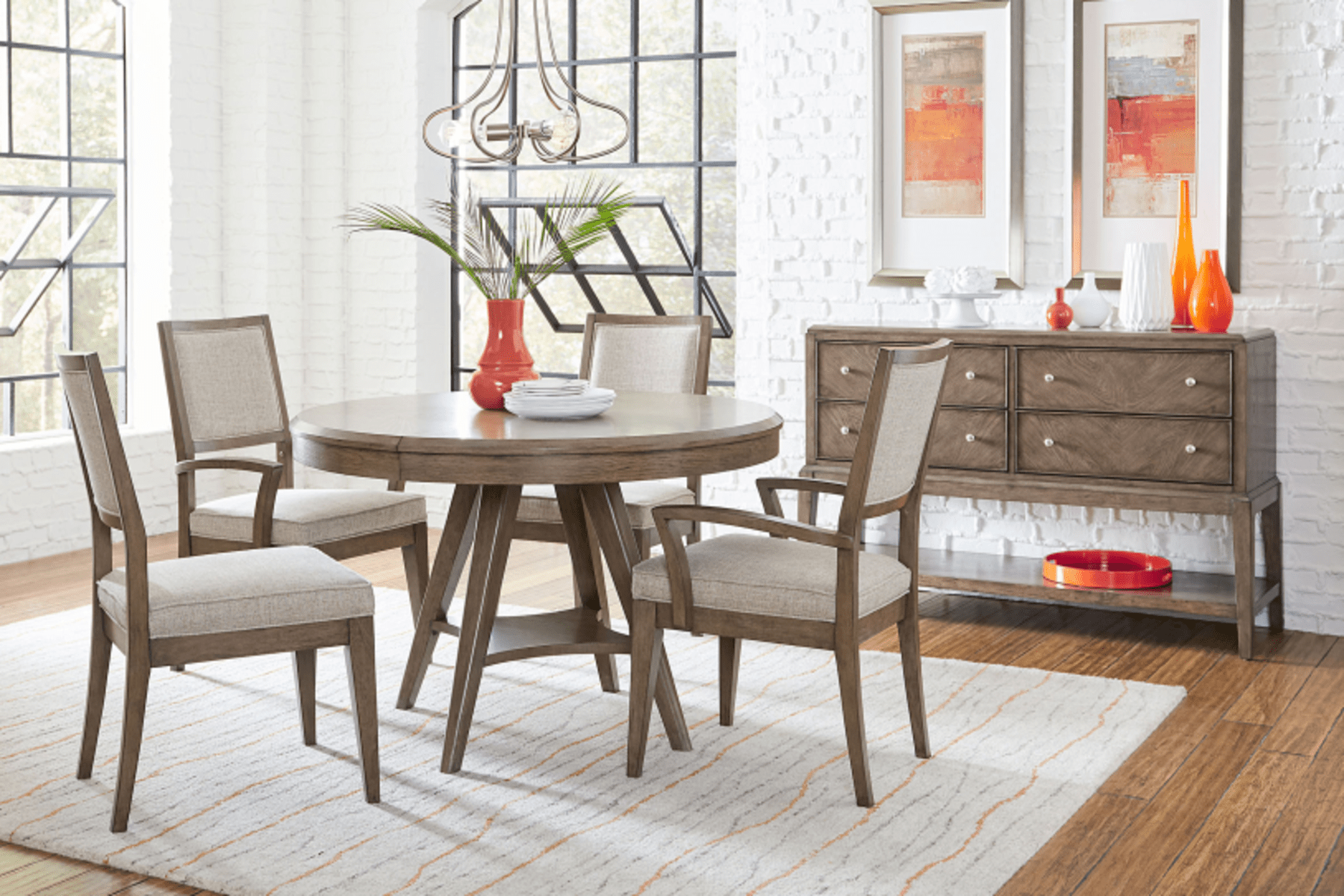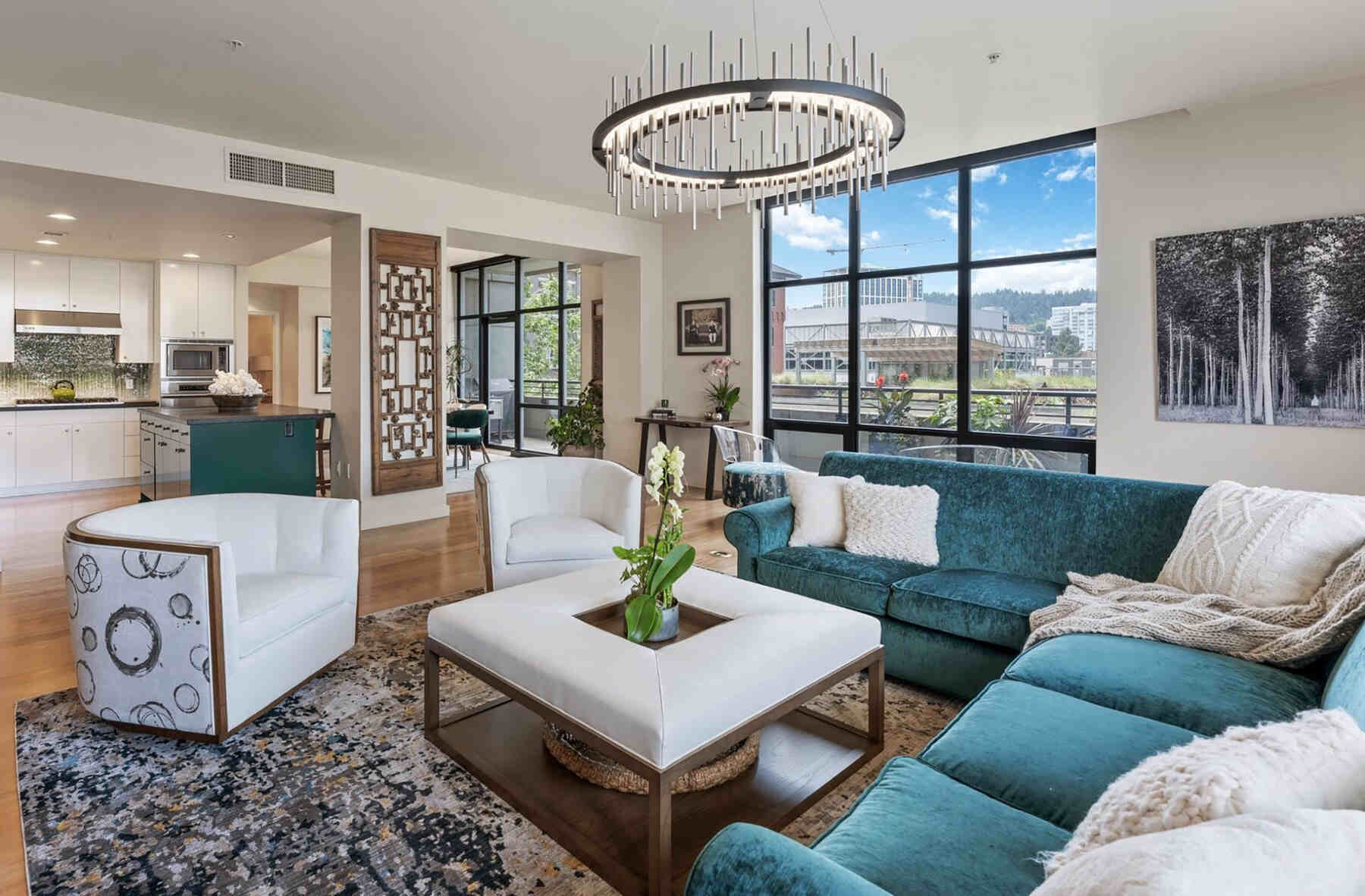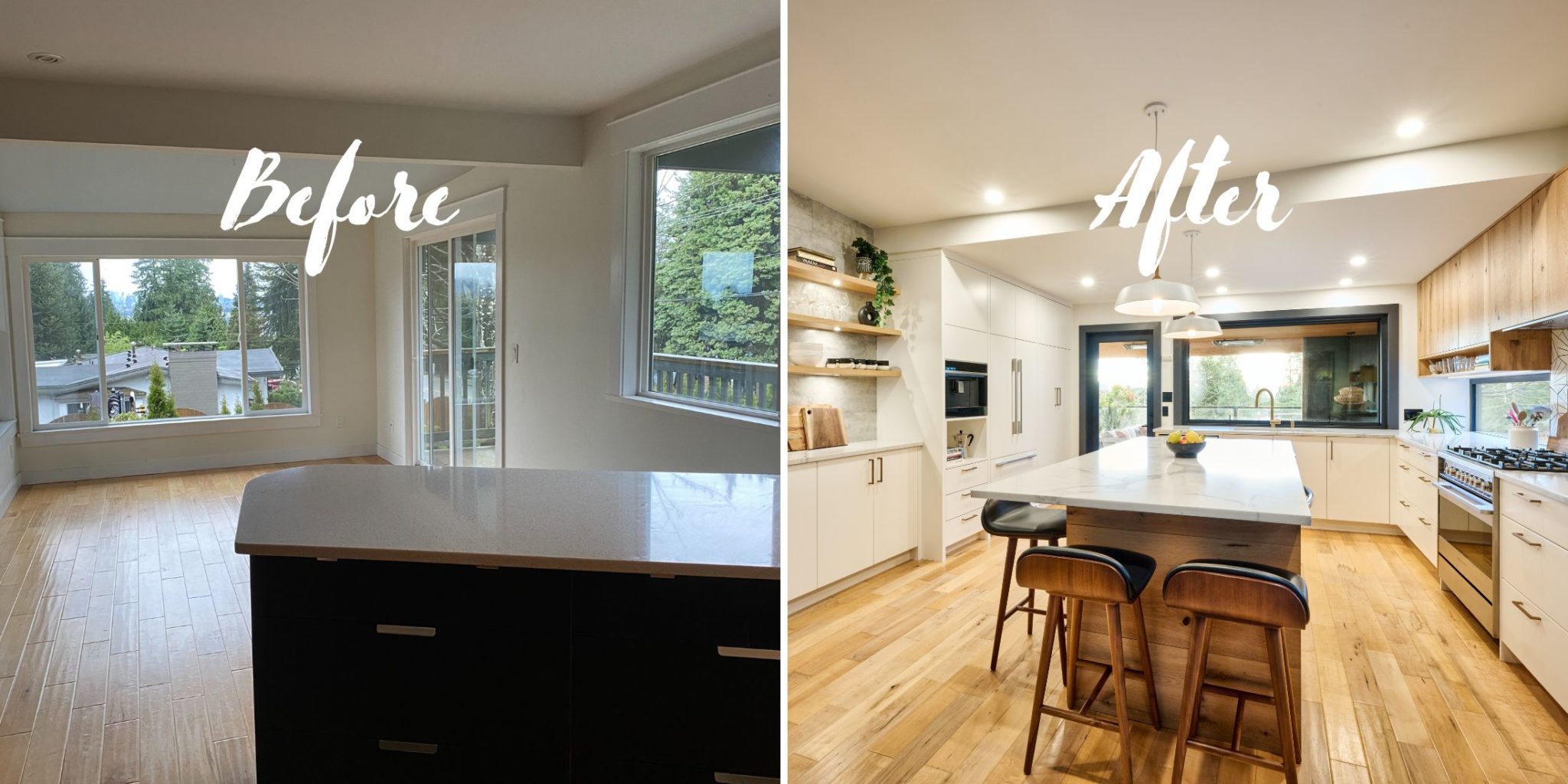Minimalist interior design has existed for a long time and is used globally to create an inviting living space. However, the design needs an expert who can do the work properly. I remember I once struggled to create a minimalist home. Balancing simplicity and functionality was hectic!
Feeling overwhelmed, I had to seek help from a qualified interior designer. The designer’s concepts were like a guiding light, showing me how less can be more. Now, I have an inviting living space that’s serene and clutter-free. I want to share the same concepts with my fellow homeowners to create a living space that nurtures peace and calm in our hectic lives.
Minimalist Interior Design
Minimalist interior design is about keeping things simple and uncluttered. It’s about stripping away excess to create calm and inviting spaces. In simple terms, the design we are talking about is a setup that’s relaxing, calming, and clutter-free. A clutter-free room makes it easier to enhance productivity and maintain cleanliness and organization.
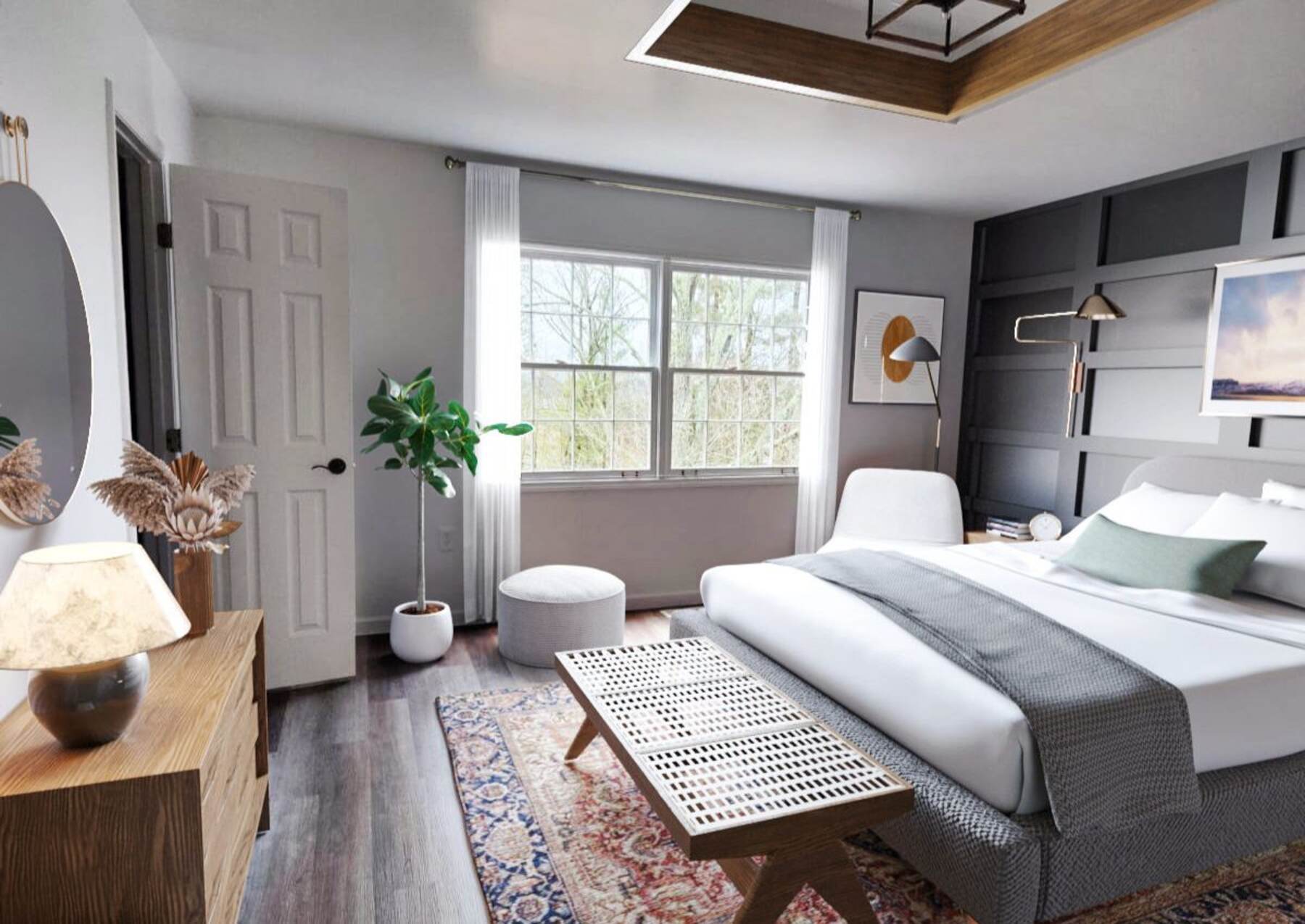
Incorporating the design into your living space involves many things to come with an inviting atmosphere. Start by removing unnecessary items and embrace open spaces to create a sense of calm. Consider multi-functional pieces that serve a purpose without cluttering the room. You also need to. Embrace simplicity in every design aspect, from furniture arrangement to decor choices. This helps achieve a minimalist aesthetic throughout the space.
Are you experiencing challenges incorporating the design in your home? If yes, then experts from JD Elites Interior will help do the job. Our company boasts of highly qualified interior designers who understand the work. Don’t mess up the room while we can help you incorporate the design and make it look more appealing!
Understanding Minimalist Principles
Before incorporating the minimalist design, you need to understand its principles. You want to understand what is needed and how the incorporation process occurs from start to finish. So, what are the principles?
- Simplicity: Minimalist design emphasizes simplicity by removing unnecessary elements and focusing on the important ones.
- Functionality: Every item in the room should serve a purpose. The furniture and decor items should be both aesthetically pleasing and practical.
- Clean Lines: The clean lines contribute to minimalist aesthetics and promote a sense of order and clarity.
- Neutral Color Palette: Minimalist interiors typically feature neutral colors like white, beige, and gray, creating a serene and cohesive atmosphere.
- Embracing Empty Space: Empty spaces are valued as part of the design. The space enhances the feeling of openness and tranquility.
- Decluttering: Minimalism involves eliminating clutter and excess possessions. Decluttering allows each item to stand out and contribute to the whole design.
- Quality over Quantity: Instead of filling a space with numerous items, the minimalist design prioritizes high-quality, well-crafted pieces that make a statement.
- Natural Materials: Minimalist interiors often incorporate natural materials such as wood, stone, and metal. The natural materials bring nature close to you and add warmth and texture to the space.
How to Integrate Minimalist Design in Your Home
Now that you understand minimalist design and the principles that can help integrate it, it’s time to incorporate it into your home. Here is how to integrate the design into your home:
Pick Subtle and Neutral Color Schemes
Using a natural color scheme is one of the principles of minimalist design, as it creates a visual appeal without overwhelming the room. Natural colors like beige, white, and gray create a serene backdrop that promotes a sense of calm and spaciousness.
The colors also create a cohesive and harmonious atmosphere in the living space. For instance, you can use a white color to create a sense of openness and purity. Still, do not forget that minimalist design can be flexible, allowing you to incorporate the color of your choice. However, when selecting the color, have one that makes the room look simple and clean.
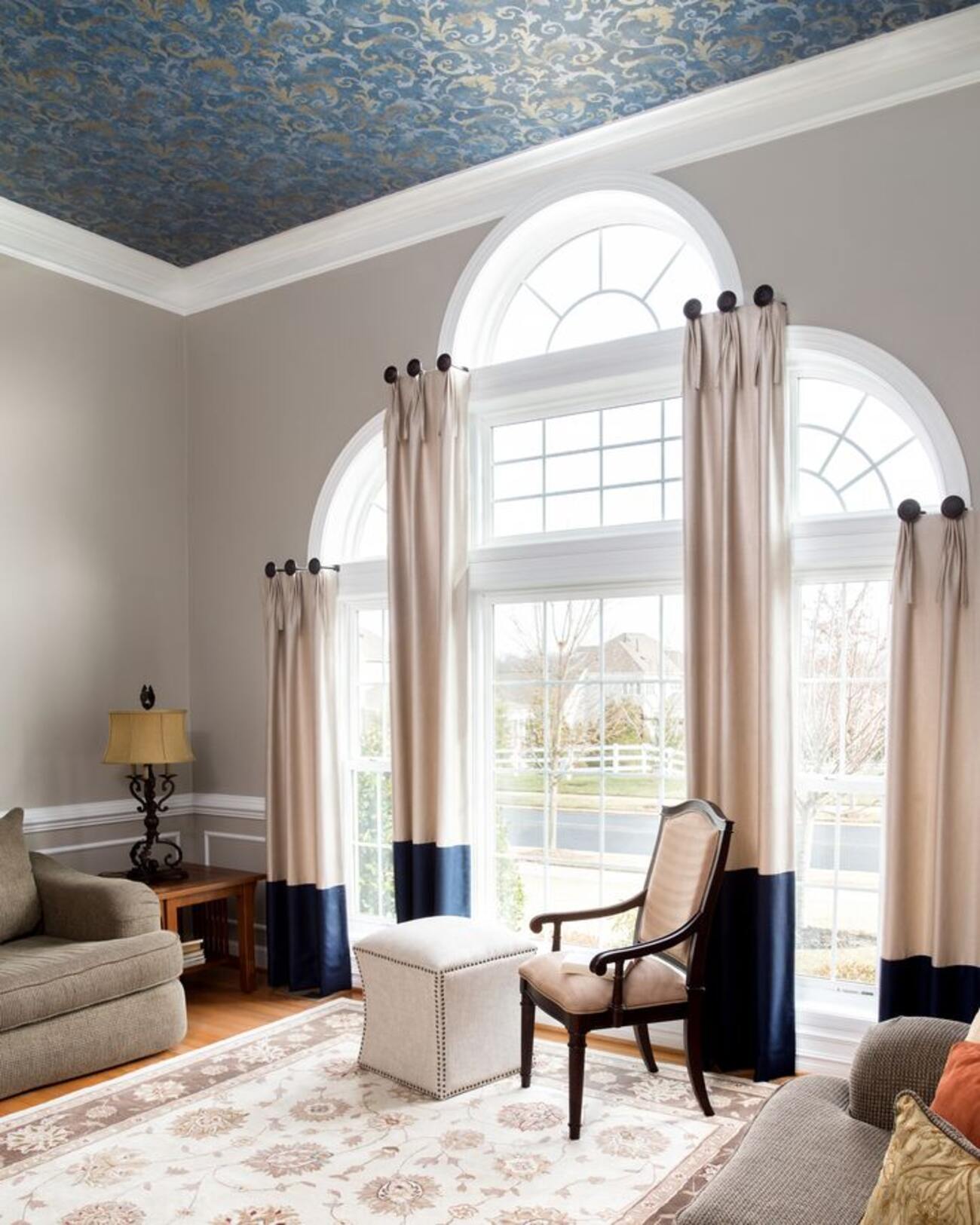
Choose Furniture Pieces and Decor Made of Natural Materials
Another principle of minimalism is to incorporate natural materials in the room to bring nature close to you. You want to select items crafted from natural materials to enhance the room’s aesthetics while fostering a connection to nature.
To incorporate natural materials in the house, consider purchasing furniture made of wood. For instance, you can choose furniture (coffee table, dining table, or cabinets) crafted from natural materials like solid wood, bamboo, or rattan to enhance the visual appeal while maintaining the simplicity of nature.
You can also opt for decor items such as woven baskets, straw carpeting, jute rugs, or cork accessories, which bring a touch of the outdoors inside. The color of the furniture or decor items should maintain the principle of minimalism: Natural colors. The design of the furniture should also support a clutter-free environment.
Open up the Living Space
The minimalist design sticks to the rule of decluttering the space to create an open environment that promotes a sense of calm and tranquility. Opening up the living space involves removing unnecessary furniture and decor to create a sense of spaciousness.
Consider installing sliding windows and doors to help conserve the space. Sliding doors and windows are ideal for conserving the living room space, unlike the traditional ones (swing doors and windows)
Introduce Tons of Natural Light and Lighting
Having light in any room is very important. The lights create a welcoming and inviting atmosphere and also enhance visibility. So, one of the fundamentals of minimalism is introducing as much light as possible.
Maximize natural light by illuminating the space with large windows, skylights, and glass doors. This helps create a bright and airy atmosphere. Still, you can opt for soft, ambient lighting fixtures that complement the natural light and enhance the minimalist aesthetic.
For instance, you can incorporate light fixtures such as recessed lighting, pendant lights with clean lines, or track lighting. You can also install floor lamps with simple designs or wall sconces to provide adequate lighting.
Introduce Greenery Into the Living Space
Introducing greenery into the living space is a key element of integrating minimalist design into your home. Introducing plants such as succulents, ferns, or snake plants brings a touch of nature indoors.
Additionally, plants help purify the air, increase visual appeal, and promote a sense of tranquility. There are various places where you can add greenery to integrate nature into the living space. For instance, you can place them on window sills, balconies, coffee tables, or hanging planters.

Create Focal Points
Creating a focal point is an excellent idea as it helps direct the attention of your guests to a specific area. It also emphasizes simplicity and functionality. For instance, a single piece of art or a well-designed furniture item can serve as a focal point, drawing the eye and reducing clutter. Other focal points can include a fire point, a unique piece of furniture, or a large window with a scenic view.
Strategically place these focal points to create a visual interest without overwhelming the space. Generally, focal points help draw attention, increase visual appeal, and anchor the design within a living space.
Consider a Minimalist Seating Area
The best thing about minimalist interior design is that it revolves around simplicity. Consider incorporating low-height furniture in the living room to showcase simplicity and functionality. You can also lay down high-quality rugs, plus some throw pillows and cushions to add warmth and comfort to the space.
Also, avoid cluttering the space with unnecessary furniture and decorations. Opt for multipurpose seating options like modular sofas or sleek chairs to maximize space efficiency.
Another great idea is installing a daybed in an area in the living space where you and your guests can relax during the day. The daybed can even be used by the guest for a night’s sleep.
Frequently Asked Questions
What Is the Concept of Minimalism?
The concept of minimalism is a design approach that focuses only on simplicity and functionality. It’s about eliminating excess clutter and distractions to create a peaceful space that makes you enjoy the atmosphere. For instance, design focuses on simplicity, clean lines, and a decluttered environment.
What Is the Philosophy of Minimalist Interior Design?
The design incorporates the philosophy of “less is more,” prioritizing important elements while eliminating excess. The design also incorporates neutral colors, ample white space, and limited color shades. It also emphasizes clean lines and simplicity. This design aims to create a sense of harmony, balance, and tranquility.
What Are Some of the Challenges Encountered in Minimalist Interior Design?
Some challenges in minimalist interior design include resisting the urge to accumulate unnecessary items or finding storage solutions for necessary belongings. Another challenge is maintaining the balance between simplicity and functionality. Additionally, incorporating personal style while adhering to minimalist principles can be tricky. This is because it requires careful consideration and editing of choices.
Conclusion
Minimalist Interior Design embodies simplicity and functionality. It emphasizes clean lines, decluttered spaces, and a serene atmosphere. When incorporating the design, focus on important elements and eliminate unnecessary distractions. This helps foster a sense of calm and harmony in the living space, promoting a lifestyle centered on clarity and purpose.


